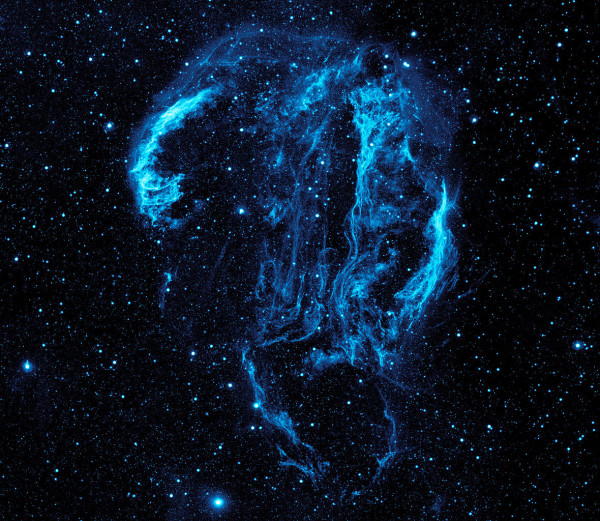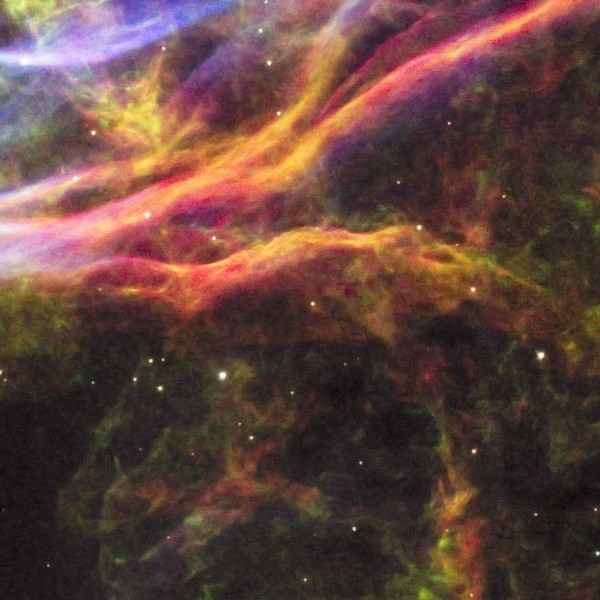“No matter how ‘normal’ people look, living ‘ordinary’ lives, everyone has a story to tell. And may be, just like you, everyone else is a misfit too.” -Sanhita Baruah
Every century or so, possibly even more frequently, a supernova goes off somewhere in the Milky Way galaxy. While the explosion itself is only visible for a few months, the remnant sticks around for many thousands of years. Although it isn't always visible in the portion of the spectrum our eyes are sensitive to, X-rays, Ultraviolet light, infrared and radio observations bring them to life.
Despite the thinness of the bubble walls -- just one part in 50,000 of the remnant's radius -- occasionally a fortuitous alignment allows various knotty wisps and tendrils to be seen by our own eyes where the remnant is edge-on to us. Imaging from Hubble reveals not only tremendous details, but some incredible science and history as well.


